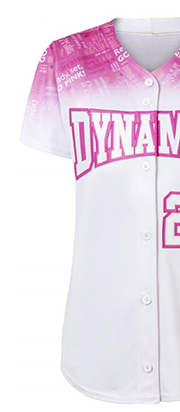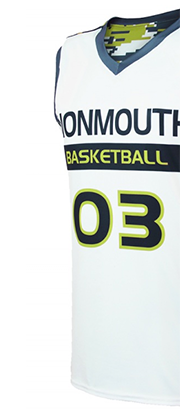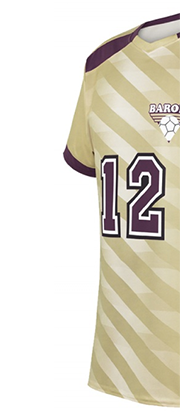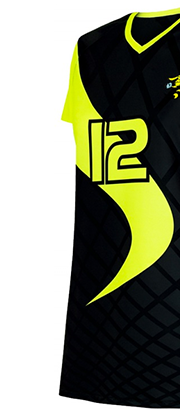Little league baseball can be a ton of fun. You get to lead a team, work with kids, develop players and have a nice back and forth with fellow coaches and parents. You even get to put your own imprint on the team’s custom baseball uniforms, sometimes get you help work out the schedule, and you get a front row seat to one of the world’s greatest sports. It’s even better when you can actually, you know, win.
To do that, you need to lay out a proper foundation and build a winning tradition. That starts in practice with a lot of the groundwork you set out for your players and coaches. A good little league baseball strategy or two doesn’t hurt, either. There are many different angles you can take, but if you’re just getting started, you more than likely will take all the help you can get. Let’s take a second to consider some of the best strategies and then you can decide what works best for you and your team:
Elite Defense
Playing great defense is easier said than done. You need top notch pitching, you need more than one reliable arm, you probably need a consistent and reliable closer, you need strong fielding and you need players in the dirt that aren’t afraid of the ball. Talent will really help a good defense become a great one, but you can also dictate how well your defense performs with your decisions as a coach. Knowing when to bring your fielders in or drop them back, what specific locations they should be placed in, what types of pitches should be thrown for certain batters – the list goes on.
It’s true that it’s “only little league baseball”, but a good defense can combat a good offense in baseball any day of the week. Normally good pitchers don’t grow on trees, but even if you don’t luck into the kid with a cannon arm, you can at least do some scouting work to know how to work around the opposition’s strengths and you can also position your defense to best react against certain players and plays. This won’t come easy right away, but how you pull the strings is going to end up being very key for how effective your team’s defense ends up being.
If you can make it happen, though, a good defense can take pressure off of your hitters. The less pressure the players feel to perform at the plate, the more relaxed they’ll be and naturally they’re bound to perform better.
Batting Order
The best way to properly utilize batting order is to set it up so your top hitters are smack dab in the middle of the order. A big piece of this is going to be assessing your hitting talent and figuring out who your strong and weak hitters are. The average hitters can be placed at the beginning as well, but are probably best used to close the order or can be placed closer to the middle.
Leading off should be one of your weaker hitters and you can start sliding in your stronger hitters as early as the second spot. It might be more ideal to put your best hitter in the third slot, though. This way, if your weak hitters can somehow get on base (or even just one of them do), you can spark your offense with your first top hitter, who will then be followed by the best hitters after him. You can switch it up and see what works best, but how you piece together your batting order can be very key, both for offensive chemistry and for natural flow. From the other side, putting your best hitter first can really backfire, as he can always get on base, but if the next 2-3 hitters aren’t good at connecting, he’ll often be left stranded.
Depending on how deep you want to get into it, you can track player statistics in various situations and near the middle of the year and definitely be tournament time, you’ll know exactly where everyone fits the best.
Communication
Our last little league baseball strategy isn’t a strategy in itself, but it’s absolutely crucial. Communication at a high level starts from the first day of practice all the way through the final game of the year. It involves top shelf communication with each individual player, the team as a whole, coaches and parents. Letting everyone know directly what is expected of them, using positive reinforcement and also pointing out flaws that can be corrected will go a long way in improving your team over the course of the season.
That’s the starting point and a base idea, but it gets much more focused when you consider how much communication can help you in the actual game. From hand signals to pitcher/catcher communication, from fielding controls to third base coach decisions, there are constantly moving pieces that you, your players and your coaches need to try to be on the same page on. Where does your pitcher go on a bunt, what happens if someone is rounding third, where do your players need to be lined up on a deep ball, and on and on. Set out a plan for communication from day one and win or lose, you’ll always be on the same page with the entire team. You won’t always win because of elite communication skills, but not losing because a breakdown in communication is a reward by itself.
There are always more practices and strategies to consider when discussing little league baseball, but these three areas are a good spot to start. Hopefully they help you as you head into practice or at least confirm things you already thought. With that, good luck to you and your team this spring!







